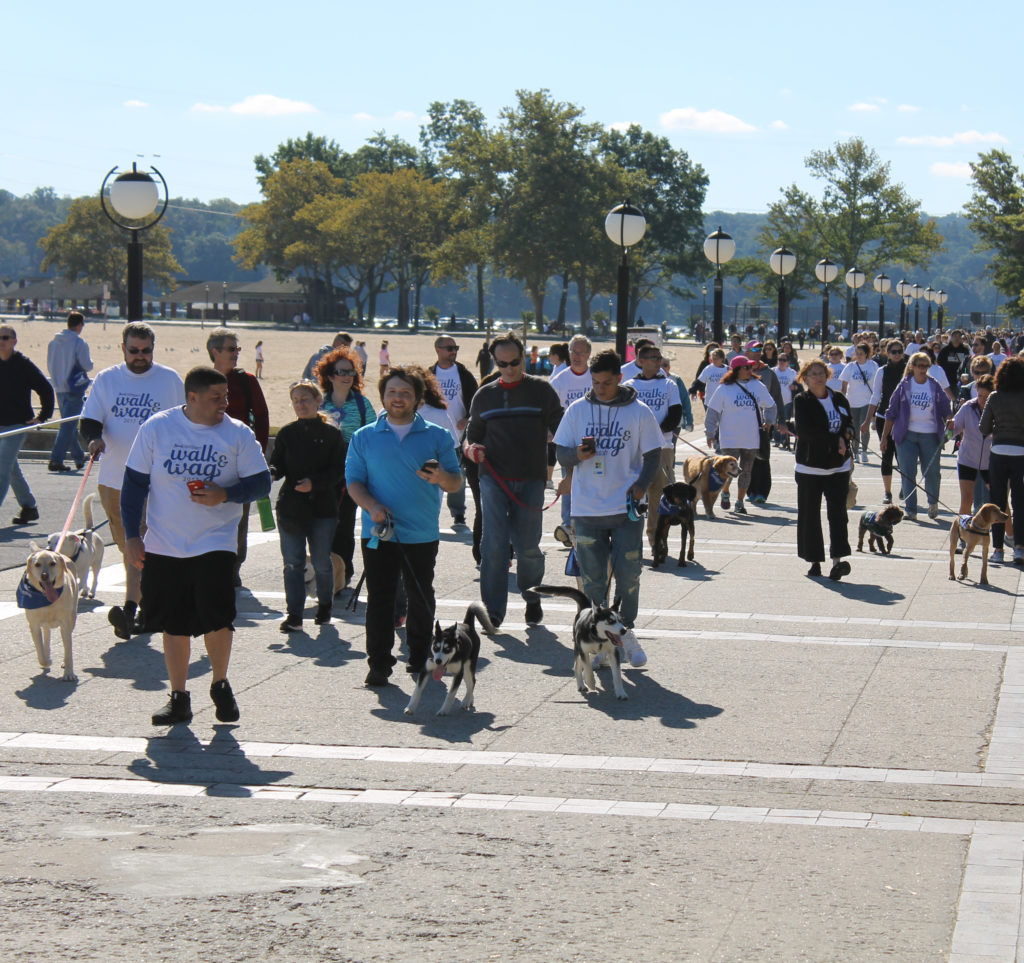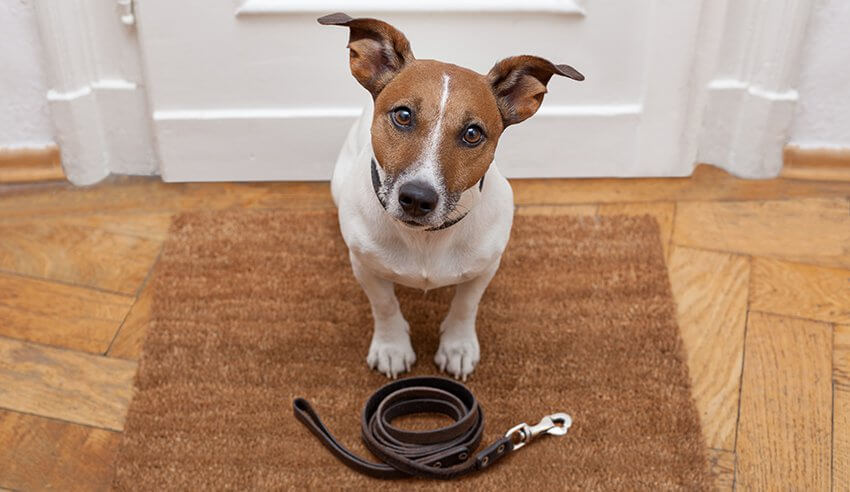When you adopt a walking buddy you will not only save the life of your new canine companion, but you’ll improve your own health as well. Studies have shown that consistent activity is a key tool in reaching a healthy weight and maintaining a healthy lifestyle, therefore adopting a dog is one of the most effective ways to achieve both of these goals. This new partnership will not only get you moving in the spring and summer, but it will also encourage activity throughout the fall and winter.
Walking is a safe and easy way to get some exercise and adopting a dog is all the inspiration you need to get moving. No matter what your fitness level, having a dog creates a “buddy system” between dog and owner, where each is accountable to the other. What’s more, who can resist that wagging tail after walking in the door from work?
But it doesn’t have to stop at walking. Once you’ve gotten more pep in your step you may want to try all sorts of outdoor activities with your new buddy. Adding a little variety to your routine will keep you motivated and you’ll be just as excited to get going.
You can be part of an exciting walking event with your furry best friend and help advance the no-kill mission of North Shore Animal League America. Join us for North Shore Animal League America’s second annual National Walk and Wag event on Saturday, Sept. 29 at North Hempstead Beach Park in Port Washington.
Here are some tips from our experts on finding the perfect buddy for your exercise regimen:
- A medium or large breed dog is best for fast-moving exercise, such as brisk walking, swimming, or jogging. Many small breed dogs are not recommended because his/her little legs won’t be able to keep up with a fast pace, and an extra-large breed is only recommended with the approval of a vet as many have hereditary joint and ligament concerns.
- If a dog is coming from a couch-potato lifestyle, slow and steady is the key to success. A daily 10-15 minute walking or swimming session is a good start, building up to an hour a day as the pet’s fitness level increases. If, after a few months the pet can handle long, fast walks without fatigue, then jogging can be considered.
- The ideal route is one with a path or sidewalk to walk on, ideally one that the dog can walk on grass. If city or sidewalk trotting will be the norm, it is necessary to build up distance slowly to let the dog’s footpads become conditioned.
- If the dog has more energy to expend, then you can play fetch with a ball or Frisbee. This also provides a great bonding opportunity.

Submitted by North Shore Animal League America. Visit www.animalleague.org/walkandwag to learn more about our Walk & Wag event.






























